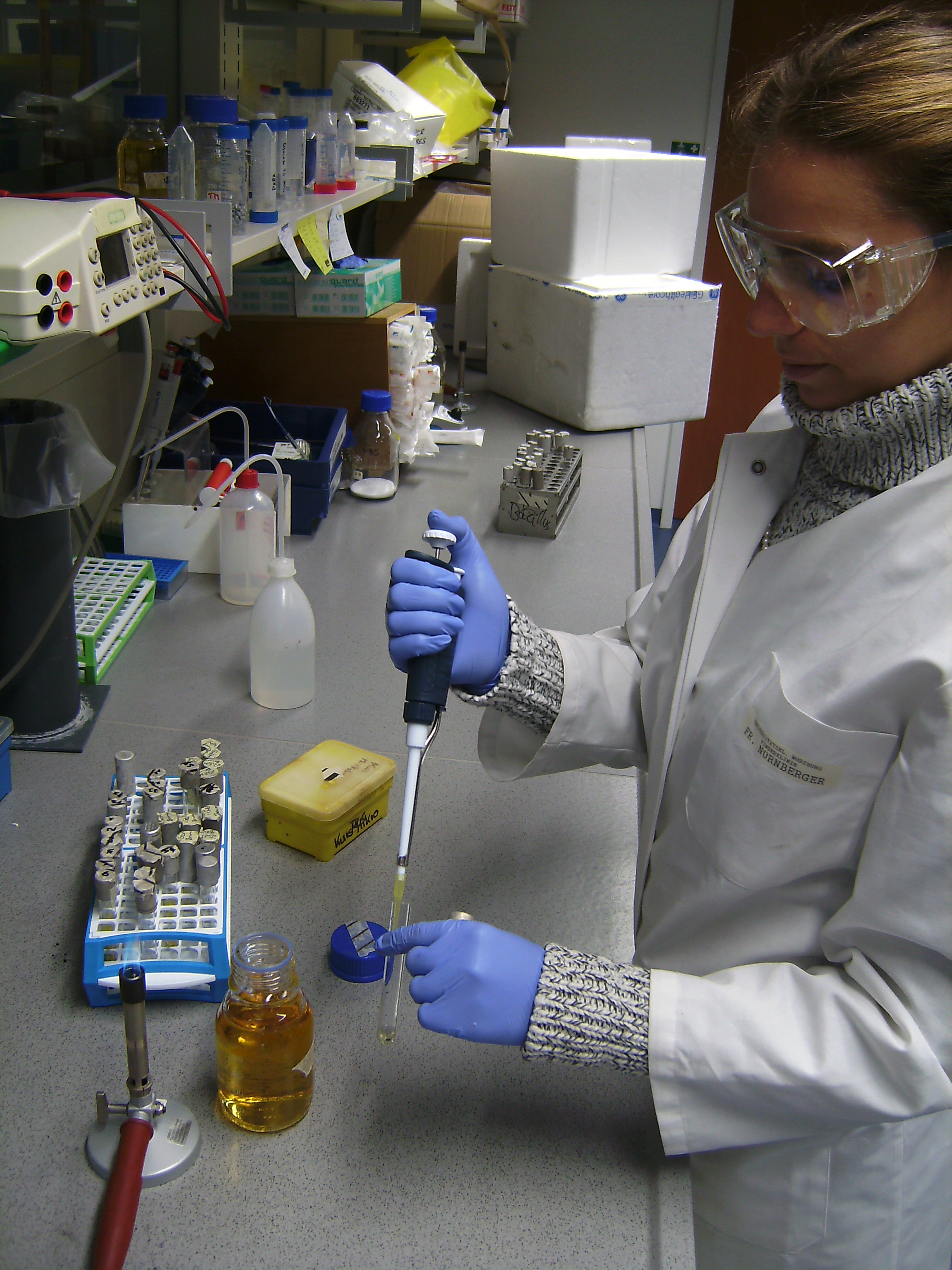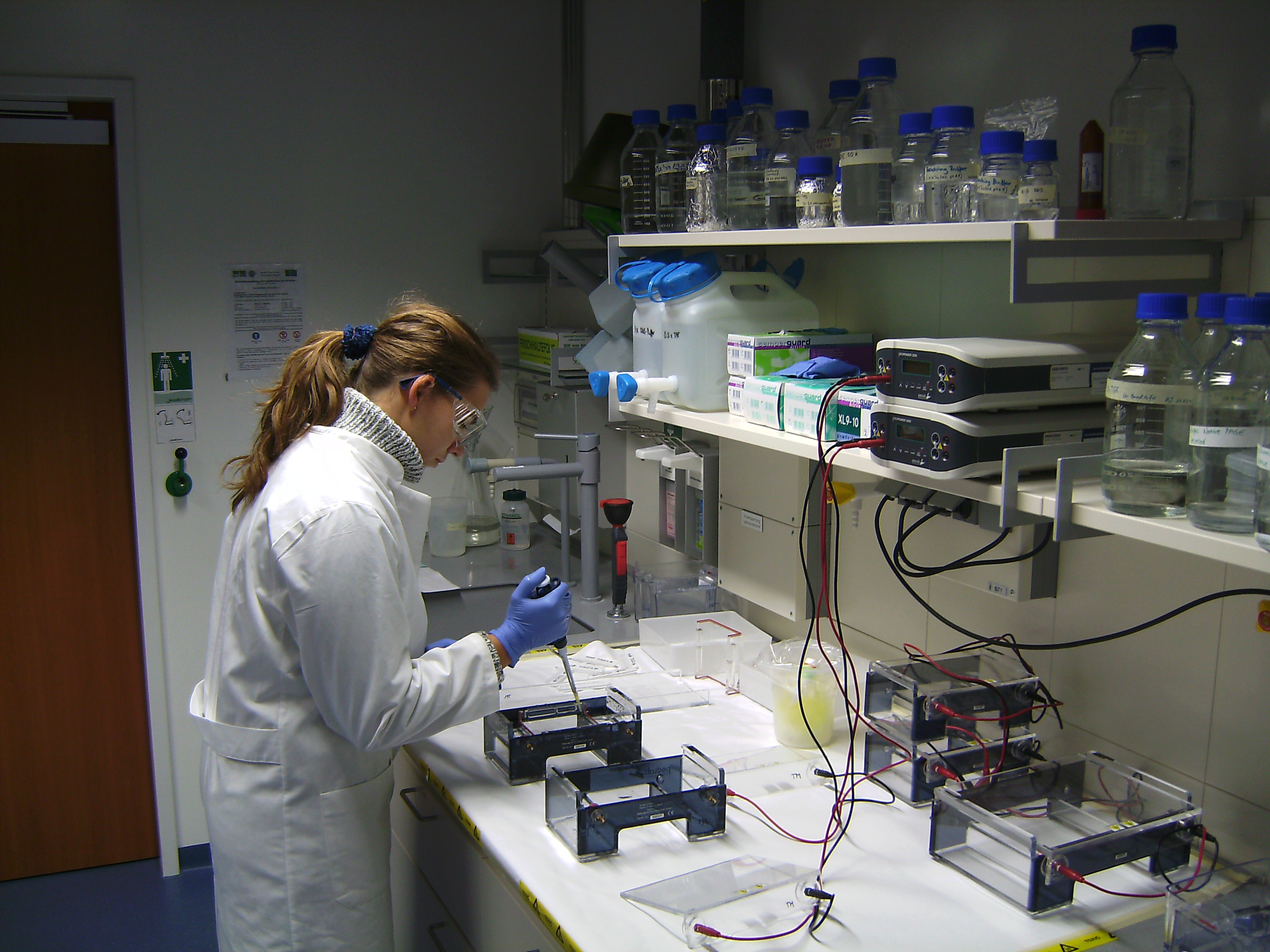Team:LMU-Munich/Safety
From 2010.igem.org
(Difference between revisions)
(→Safety) |
(→Safety) |
||
| (36 intermediate revisions not shown) | |||
| Line 2: | Line 2: | ||
{{:Team:LMU-Munich/Templates/Page Header}} | {{:Team:LMU-Munich/Templates/Page Header}} | ||
| - | < | + | ==<font color="#9933CC">'''Safety'''</font>== |
| - | + | 1. Would any of your project ideas raise safety issues in terms of: | |
| - | + | :* researcher safety, | |
| - | + | :* public safety, or | |
| - | + | :* environmental safety? | |
| - | + | ||
| - | + | ||
| - | + | ||
| - | + | ||
| - | + | ||
| - | + | ||
| - | + | ||
| - | + | ||
| - | + | ||
| - | |||
| + | None of our project ideas raised any safety issues – whether for the researcher, nor for the publicity and environment. | ||
| + | To assure this in first place, every participant took part in a general safety meeting in order to join the iGEM-Team. This meeting dealt with the common safety rules concerning optimal laboratory conditions and the general behavior in the lab. | ||
| + | In order to protect ourselves, we mostly worked with non-hazardous chemicals and organisms like apathogenic E. coli strains such as DH5 alpha or BL21. Besides, we wore a lab coat and single-use gloves. When working with e.g. liquid N<sub>2</sub>, we wore goggles as well. | ||
| + | When operating with dangerous substances (as e. g. ethidiumbromide), we additionally wore nitrile gloves. Furthermore dangerous substances were stored and handled in desigenated rooms in order to assure the safety of the researchers. | ||
| - | + | For the protection of the public and the environment against hazardous substances, our garbage as well as our liquid waste was sterilized by autoclavation. Before leaving the laboratory, every researcher has cleaned and disinfected his/her hands. Moreover, we let the windows closed and did not throw jeopardy stuff into the sink. | |
| - | + | ||
| - | + | ||
| - | + | ||
| - | + | ||
| - | + | ||
| - | + | ||
| - | + | ||
| - | + | ||
| - | + | ||
| - | + | ||
| - | + | [[Image:safety1.jpg|left|200px|Safety picture]] | |
| + | [[Image:safety2.jpg|center|400px|Safety picture]] | ||
| + | ---- | ||
| - | |||
| - | |||
| - | |||
| - | |||
| - | |||
| - | |||
| - | |||
| - | |||
| - | |||
| - | |||
| + | 2. Do any of the new BioBrick parts (or devices) that you made this year raise any safety issues? If yes, | ||
| + | :* did you document these issues in the Registry? | ||
| + | :* how did you manage to handle the safety issue? | ||
| + | :* How could other teams learn from your experience? | ||
| - | |||
| - | + | None of our biobricks did raise any safety issues. Therefore we didn't need to document anything. | |
| - | |||
| - | + | ---- | |
| - | + | ||
| - | + | ||
| - | + | 3. Is there a local biosafety group, committee, or review board at your institution? | |
| - | + | :* If yes, what does your local biosafety group think about your project? | |
| - | + | :* If no, which specific biosafety rules or guidelines do you have to consider in your country? | |
| - | + | ||
| - | + | ||
| - | + | Germany has signed and ratified the ''Cartagena Biosafety Protocol''. This protocol ensures safe handling, use and transfer of genetically modified organisms. Furthermore, we have our own laws and guidelines for biosafety here. For example, all laboratories which are handling GMOs have a designated biosafety level, which is stated in a genetic engineering decree (Gentechnik Sicherheitsverordnung). | |
| - | + | ||
| - | + | ||
| - | + | ---- | |
| - | + | ||
| - | + | ||
| + | 4. Do you have any other ideas how to deal with safety issues that could be useful for future iGEM competitions? | ||
| + | How could parts, devices and systems be made even safer through biosafety engineering? | ||
| + | |||
| + | |||
| + | To improve the safety while working with (hazardous) biobricks a new kind of biobrick backbone should be established. Every potentially pathogenic or hazardous biobrick should be cloned in a special backbone containing the sequences of the present backbones (ORI, resistance cassette,restriction sites ...) AND an inducible killing gene cassette. This killing cassette (e.g. ccdB in E. coli with an exchanged promotor or bak for eukaryotic cells) is induced by a normaly absent reagent that could easily be added in case of contamination. Adding this reagent would result in an expression of the killing gene, which leads to the death of the (pathogenic) cells containing the biobrick plasmid. | ||
| - | |||
<!-- Include the next line at the end of every page --> | <!-- Include the next line at the end of every page --> | ||
{{:Team:LMU-Munich/Templates/Page Footer}} | {{:Team:LMU-Munich/Templates/Page Footer}} | ||
Latest revision as of 17:35, 27 October 2010


![]()
![]()







![]()
 "
"



